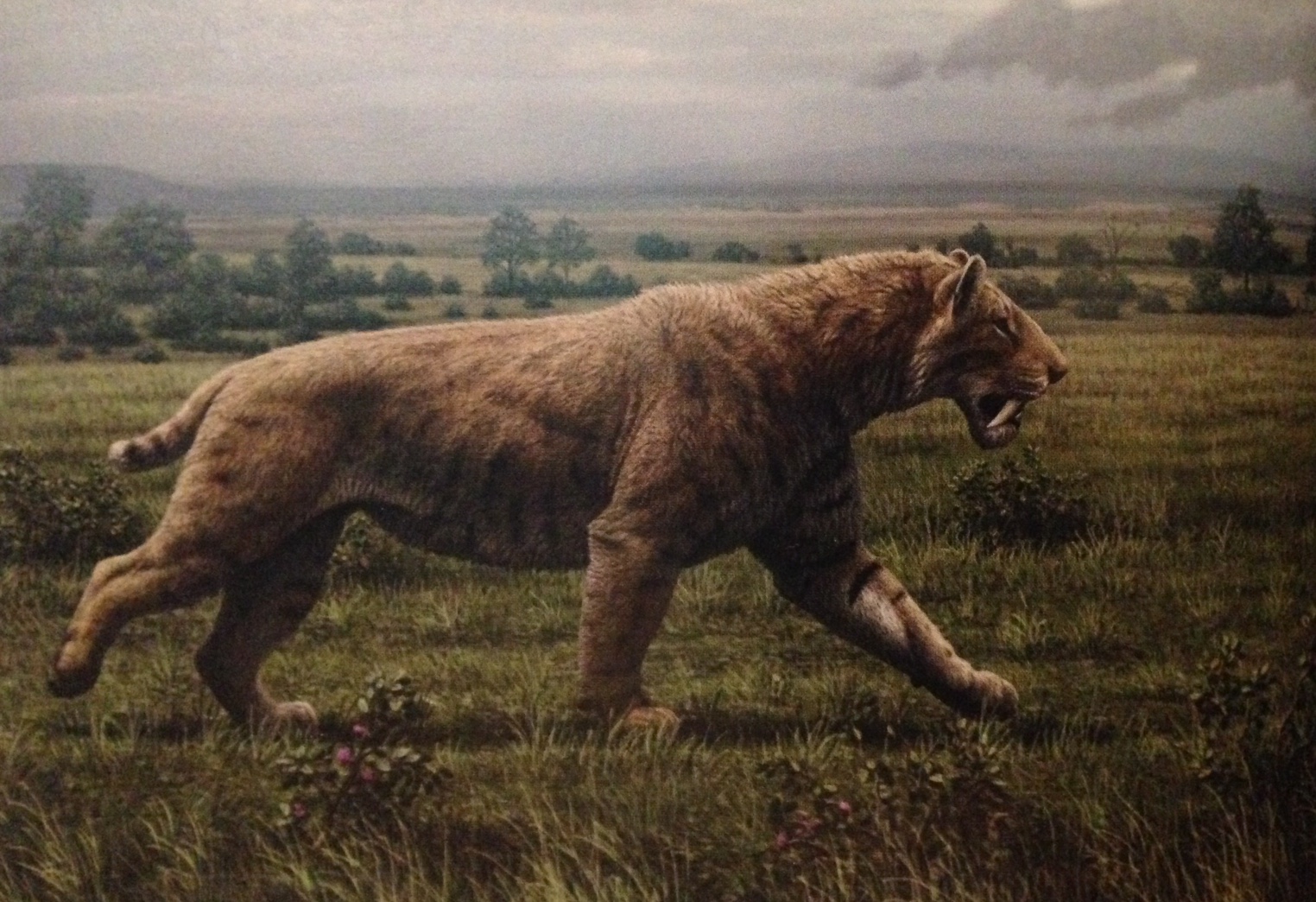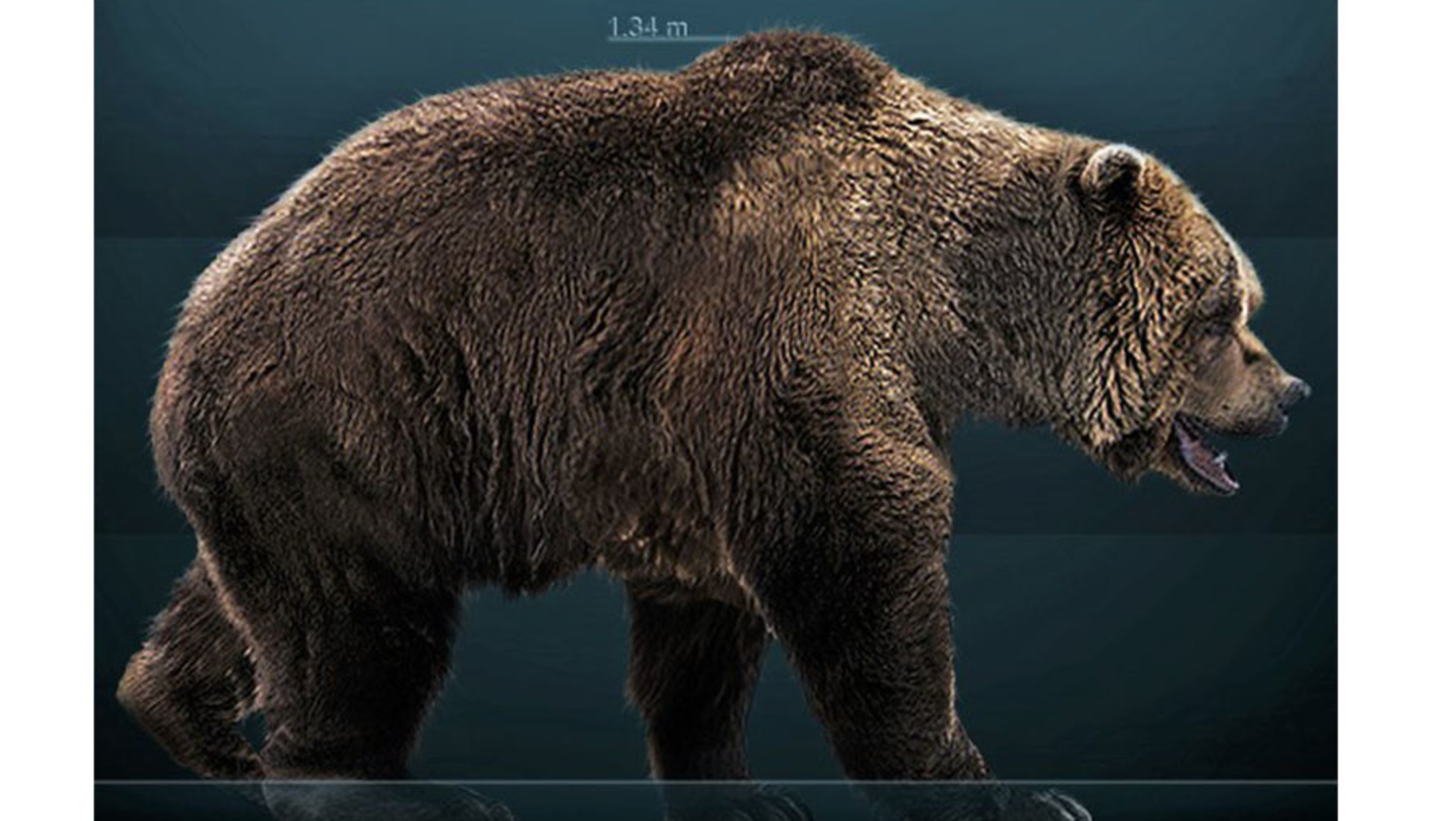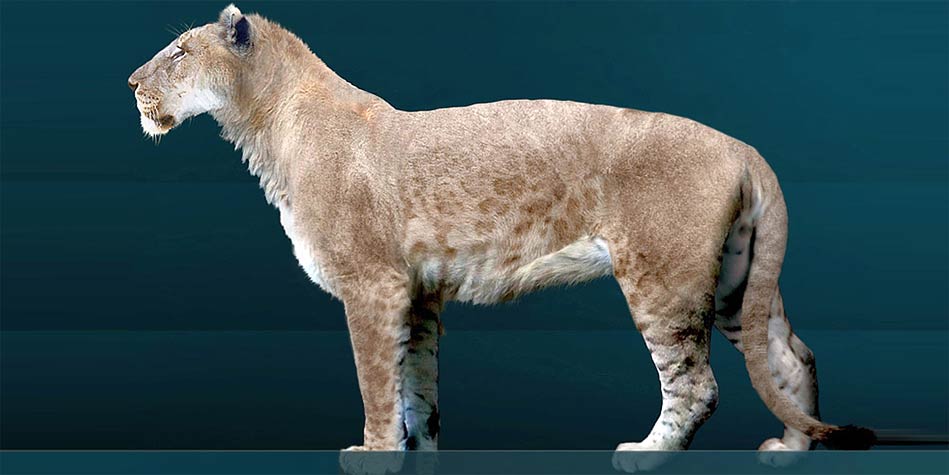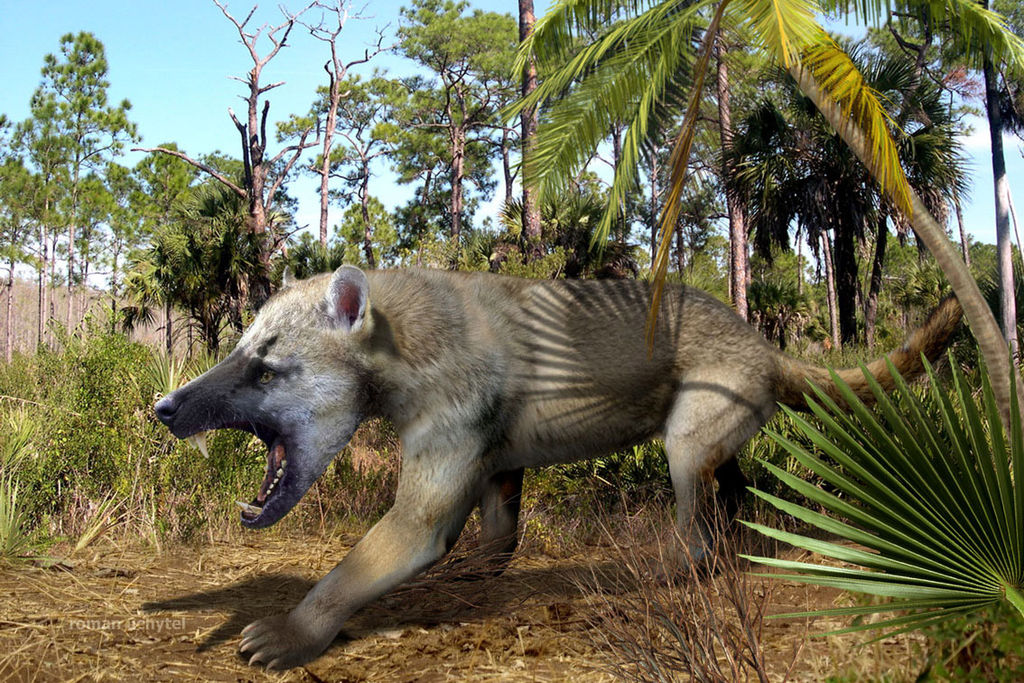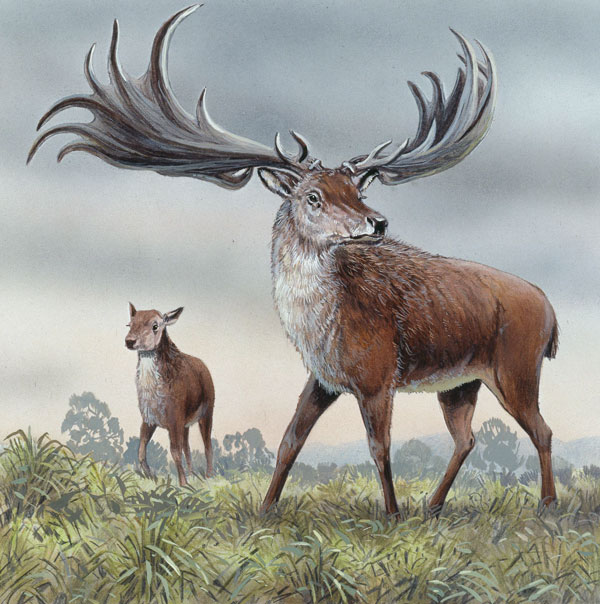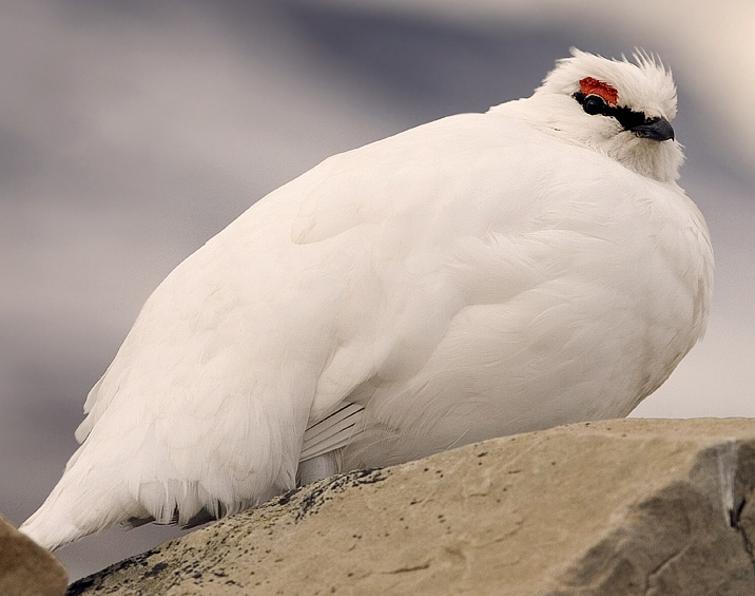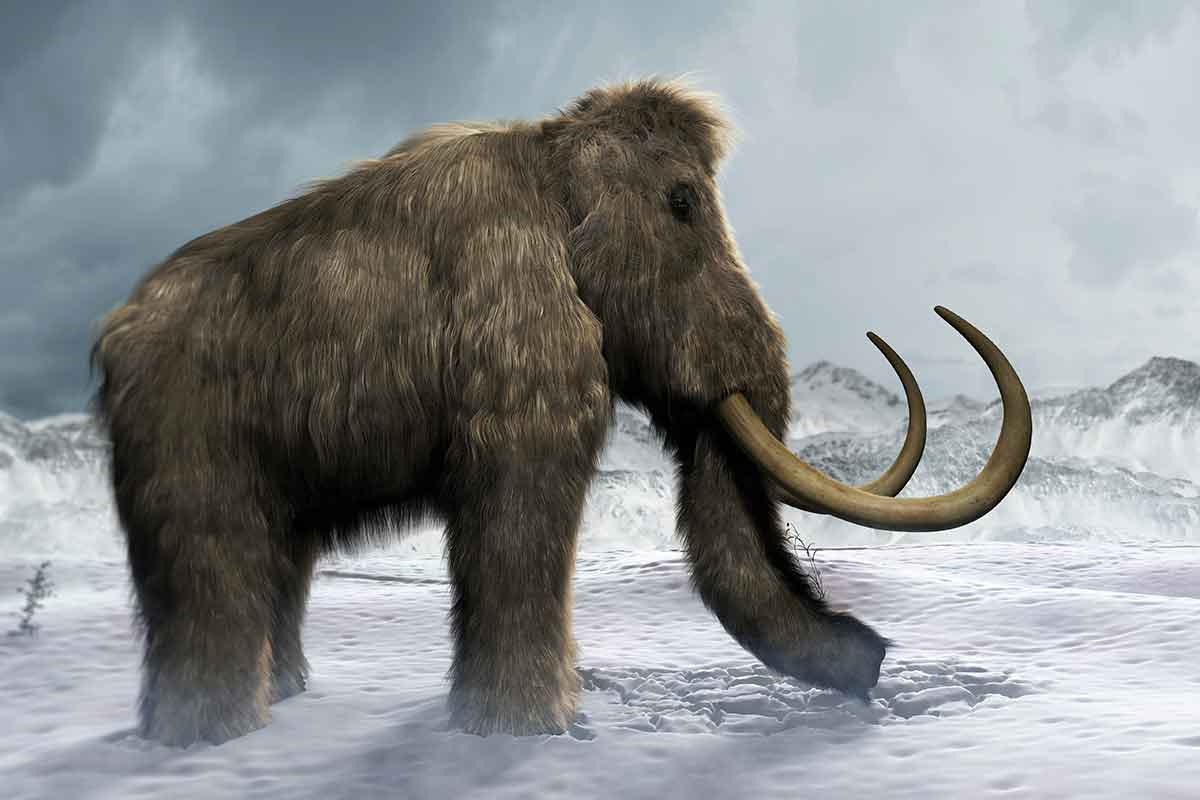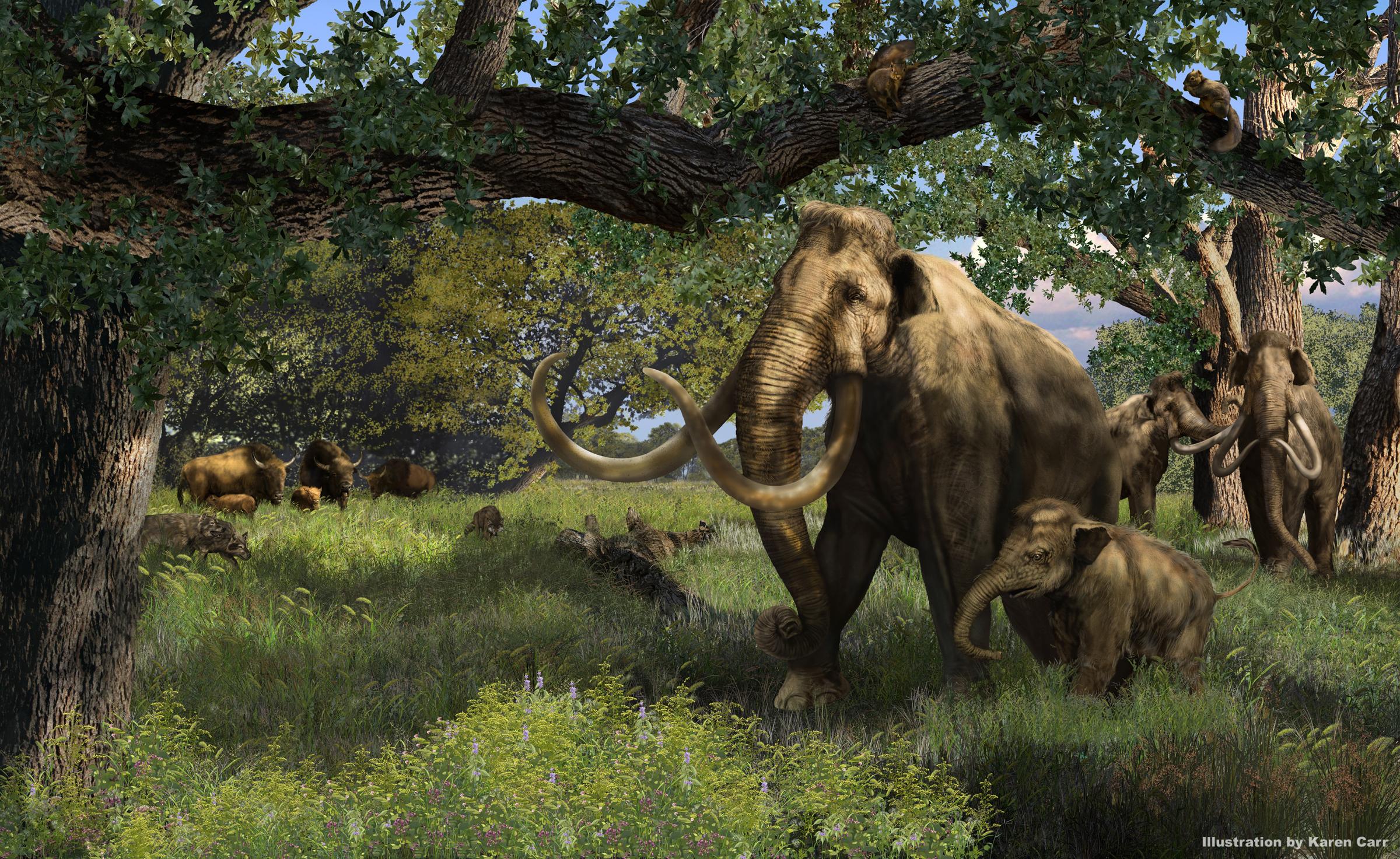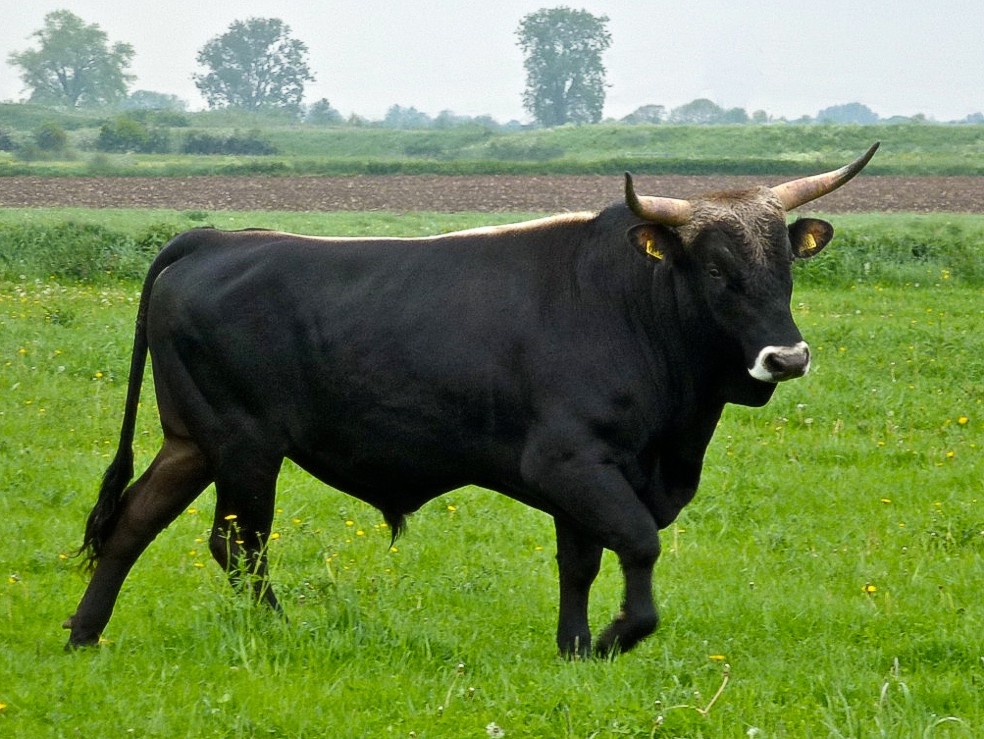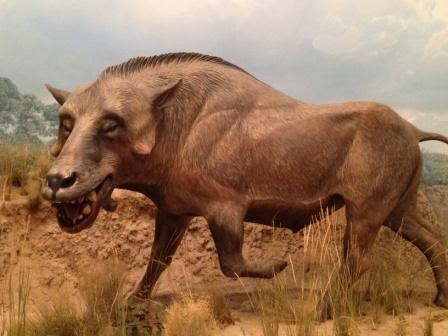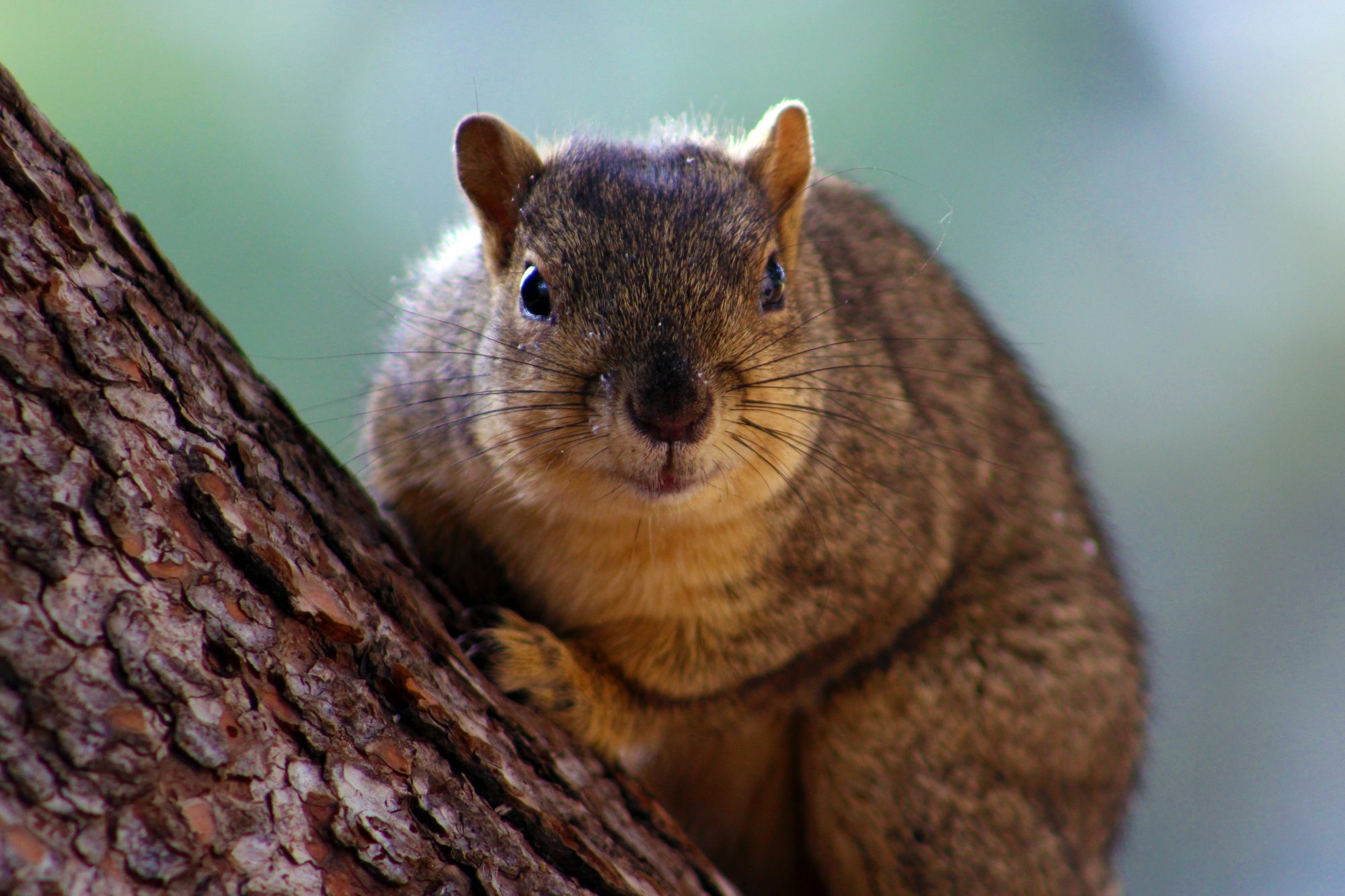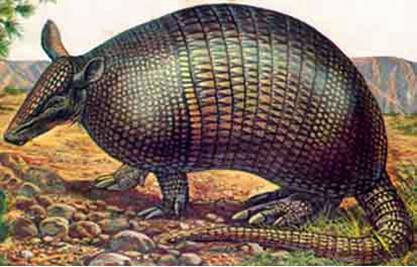scorpiodragon
Five Thousand Club
Synopsis: Humans from different tribes have been cursed, but no more than one or two members of a family. Cursed into becoming wolves by their gods, these early humans become the first werewolves and through this pack, all future werewolves are descended. They are the first of their race, chained to the moon, with the alpha being the most vulnerable. These howlers of the moon, beasts that could turn from man to wolf, became known as the ' Moonchained', the 'Lunar Children' and Werewolves to what they are in modern times.
Welcome to the world of the Middle Paleolithic, a time of hunter-gatherer societies and man's migration from Africa. It is here we start our story in Eurasia. Cursed by their gods, these humans are chased out by force or fear with others willingly due to unfortunate events. Now, dealing with these strange urges, the way the body has transformed and senses have heightened...with the moon's pull and chains wrapped invisibly around them...those cursed must find each other and band together to form the first society and begin their race if they are to survive. All the while they must deal with other early humans, the climate and world's dangers, and predators that can harm them. A journey through the ages for one pack...of what will be the werewolves.
Setting: Middle Paleolithic-Eurasia (circa 300-500 ka)
Werewolf Information:
As a result of the curse, it extended the ages of the pack, doomed to suffer and watch their human loved ones die and fade.
0-2 years:: infant
3-12 years:: child
13-17 years:: adolescent
18-100 years:: young adult
101-2,100 years:: adult
2,101-4,000 years:: elder
Primary Gestation:: 300-days
Werewolf Stats:
These cursed humans had their physical state altered as well as becoming bigger than regular wolves as a result of their curse.
Wolf Height: 4.5-5.5 feet (females)/6-7.5 feet (males)
Wolf Weight: 100-200 lbs (females)/400-500 lbs (males)
Length: 6.5-feet long (females)/9 feet long (males)
Strengths:
The most obvious ability of the werewolf is the shift between humanoid and lupine forms. New werewolves may have difficulty controlling their shift, especially in the cases of strong emotions like anger, fear, or joy. Typically, an older werewolf will teach those newly turned or the young in the pack how to control the urge to shift even when under the influence of strong emotions.
In both forms, a werewolf will have heightened senses and physical strength; 'wolves are faster, stronger, and have immense capabilities over senses of smell, sight, and hearing. Most bitten werewolves have greater stamina as well, due to their altered physical biology, though purebred werewolves are less so.
Notes:
Moonchained-In very rare cases, a werewolf will be unable to control their shifting at all while under the full moon. The moon-chained shift to their lupine forms under the light of the full moon, and no moon-chained werewolf may resist the transformation. Older individuals will have full control of their actions during this time, though the newly turned or emotionally unstable will often be unable to control what they do or say as long as the full moon lasts. Moon-chained werewolves may go moon-mad and never change back if forced into a transformation too many times too often.
Solitary Wolves-Rarely, if an individual has been rejected from their pack and is without desired companionship and unable to find a pack that may take them in, a werewolf may form a pack with the fauna of the area, typically going more feral as a result. These 'wolves may grow more and more unstable until their mind breaks completely and they begin to form "packs" with the local flora. These werewolves are considered a danger to themselves and others, unable to control either their shifting or their actions, and may be euthanized for their own sake.
This does not apply to werewolves who choose to live alone, though they will join a pack to breed and pass their genes on. Some lone wolves may experience depression though they will not descend into madness and remain sane. They are however seen as odd and looked down upon by pack wolves.
Breeding: Werewolf females tend to go into heat at the age of thirteen and are expected to fend for themselves during this time. Males may and often do take advantage of a female who doesn't give them what they want and forced breedings are sadly common place among both pack wolves and loners. Female werewolves go into heat during the winter. If a wolf is into the same sex, their natural lupine instincts will take over and they will search out a mate or partner of the opposite sex to breed with and produce future young. For the first three months, the female will not show at all. However, towards the end of the third month to the beginning of the fourth month, the mother's belly will begin growing until it is near impossible to move in wolf form from seven to nine month. Pups have the instinct to shift automatically at birth, thus they will shift to wolf form when seeing the mother do so to nurse from her. The pregnant female may exhibit loss of energy, increased appetite (after the first two weeks where there's a decreased appetite), swollen nipples that may change color, mammary glands gradually filling out with milk, potential behavioral and towards the end of pregnancy will begin digging, an instinct to prepare a den or nest for her pups to whelp safely in.
Diet: Werewolves as a whole are omnivores, though they prefer a diet heavy in meats of multiple kinds. In their humanoid forms, they regularly indulge in the cultural foods of their home region, or any place they may find themselves in. However, in wolf form, they may bring down and kill a prey animal, though it depends on individual taste whether the raw meat is devoured immediately, or brought back for later cooking.
Welcome to the world of the Middle Paleolithic, a time of hunter-gatherer societies and man's migration from Africa. It is here we start our story in Eurasia. Cursed by their gods, these humans are chased out by force or fear with others willingly due to unfortunate events. Now, dealing with these strange urges, the way the body has transformed and senses have heightened...with the moon's pull and chains wrapped invisibly around them...those cursed must find each other and band together to form the first society and begin their race if they are to survive. All the while they must deal with other early humans, the climate and world's dangers, and predators that can harm them. A journey through the ages for one pack...of what will be the werewolves.
Setting: Middle Paleolithic-Eurasia (circa 300-500 ka)
Werewolf Information:
As a result of the curse, it extended the ages of the pack, doomed to suffer and watch their human loved ones die and fade.
0-2 years:: infant
3-12 years:: child
13-17 years:: adolescent
18-100 years:: young adult
101-2,100 years:: adult
2,101-4,000 years:: elder
Primary Gestation:: 300-days
Werewolf Stats:
These cursed humans had their physical state altered as well as becoming bigger than regular wolves as a result of their curse.
Wolf Height: 4.5-5.5 feet (females)/6-7.5 feet (males)
Wolf Weight: 100-200 lbs (females)/400-500 lbs (males)
Length: 6.5-feet long (females)/9 feet long (males)
Strengths:
The most obvious ability of the werewolf is the shift between humanoid and lupine forms. New werewolves may have difficulty controlling their shift, especially in the cases of strong emotions like anger, fear, or joy. Typically, an older werewolf will teach those newly turned or the young in the pack how to control the urge to shift even when under the influence of strong emotions.
In both forms, a werewolf will have heightened senses and physical strength; 'wolves are faster, stronger, and have immense capabilities over senses of smell, sight, and hearing. Most bitten werewolves have greater stamina as well, due to their altered physical biology, though purebred werewolves are less so.
Notes:
Moonchained-In very rare cases, a werewolf will be unable to control their shifting at all while under the full moon. The moon-chained shift to their lupine forms under the light of the full moon, and no moon-chained werewolf may resist the transformation. Older individuals will have full control of their actions during this time, though the newly turned or emotionally unstable will often be unable to control what they do or say as long as the full moon lasts. Moon-chained werewolves may go moon-mad and never change back if forced into a transformation too many times too often.
Solitary Wolves-Rarely, if an individual has been rejected from their pack and is without desired companionship and unable to find a pack that may take them in, a werewolf may form a pack with the fauna of the area, typically going more feral as a result. These 'wolves may grow more and more unstable until their mind breaks completely and they begin to form "packs" with the local flora. These werewolves are considered a danger to themselves and others, unable to control either their shifting or their actions, and may be euthanized for their own sake.
This does not apply to werewolves who choose to live alone, though they will join a pack to breed and pass their genes on. Some lone wolves may experience depression though they will not descend into madness and remain sane. They are however seen as odd and looked down upon by pack wolves.
Breeding: Werewolf females tend to go into heat at the age of thirteen and are expected to fend for themselves during this time. Males may and often do take advantage of a female who doesn't give them what they want and forced breedings are sadly common place among both pack wolves and loners. Female werewolves go into heat during the winter. If a wolf is into the same sex, their natural lupine instincts will take over and they will search out a mate or partner of the opposite sex to breed with and produce future young. For the first three months, the female will not show at all. However, towards the end of the third month to the beginning of the fourth month, the mother's belly will begin growing until it is near impossible to move in wolf form from seven to nine month. Pups have the instinct to shift automatically at birth, thus they will shift to wolf form when seeing the mother do so to nurse from her. The pregnant female may exhibit loss of energy, increased appetite (after the first two weeks where there's a decreased appetite), swollen nipples that may change color, mammary glands gradually filling out with milk, potential behavioral and towards the end of pregnancy will begin digging, an instinct to prepare a den or nest for her pups to whelp safely in.
Diet: Werewolves as a whole are omnivores, though they prefer a diet heavy in meats of multiple kinds. In their humanoid forms, they regularly indulge in the cultural foods of their home region, or any place they may find themselves in. However, in wolf form, they may bring down and kill a prey animal, though it depends on individual taste whether the raw meat is devoured immediately, or brought back for later cooking.
Common:
red and white meat; both raw flesh from freshly-killed prey and cooked meats in prepared meals. fruits, nuts, and other side dishes; almost any local cuisine.
Uncommon:
vegetables, fish, shellfish, tubers.
Rare:
blood; carrion.
Last edited:


